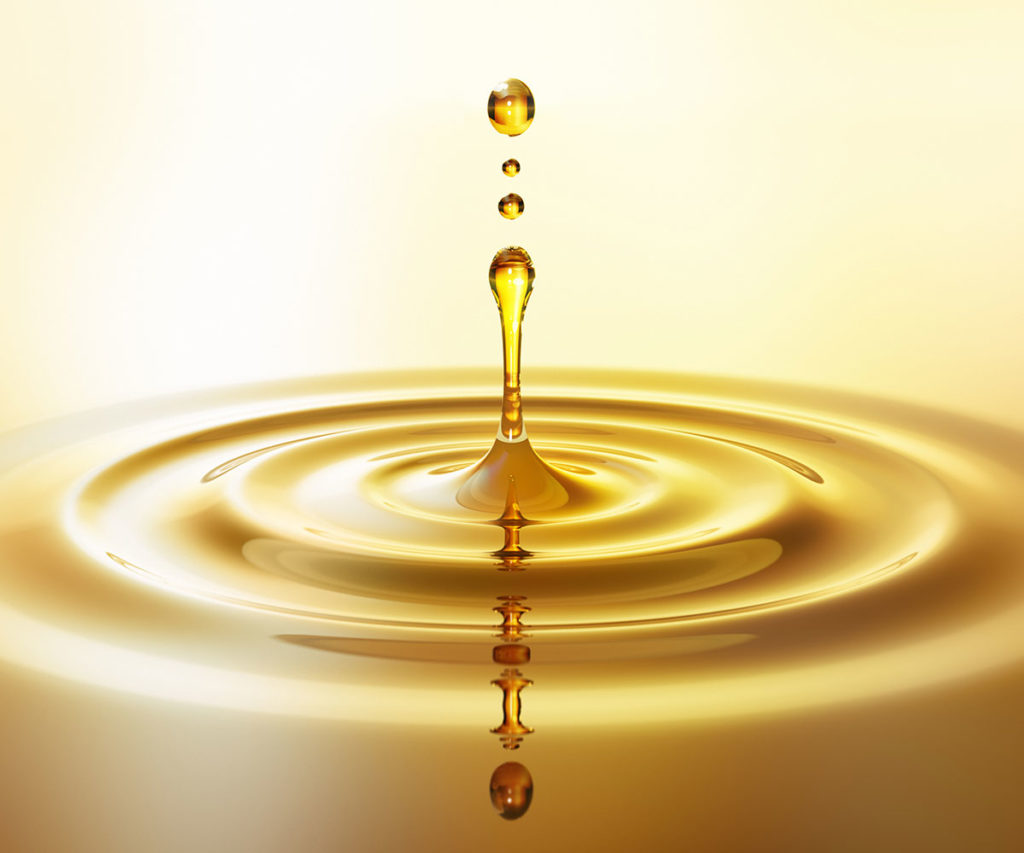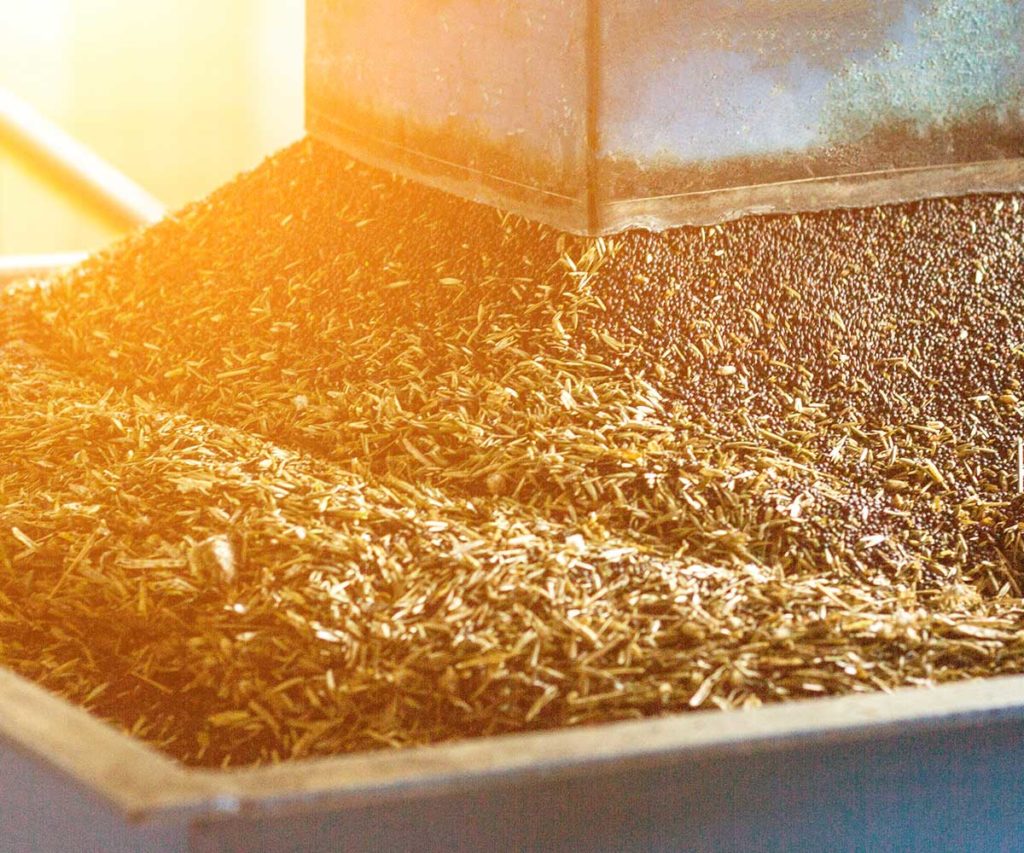Crude glycerine
Crude glycerine is a high-energy, low-priced liquid feed which can improve the flavour and nutritional value of feed rations as an individual or mixed feed for cattle.
- Atco
- Products
- Liquid feed
- Crude glycerine

What is crude glycerine?
Glycerine is a trivalent alcohol created as a by-product when refining biodiesel from rapeseed oil. Plant oils and fats have a glycerine content of around ten percent. The chemical processing of rapeseed oil produces crude glycerine, the precursor to pure glycerine. Crude glycerine has a glycerine content of 80 percent, while pure glycerine results from further distillation to achieve a glycerine concentration of 99.9 percent.
Crude glycerine is distinguished by its brown colour and salty-sweet flavour which animals enjoy. The applications of crude glycerine include high-energy individual feed and the optimisation of feed rations. Moreover, it acts as a binding agent for floury feeds and as a pelleting agent. As a feed, it promotes feed intake and can be stored in a dry, dark place for up to 24 months without the use of preservatives.
Crude glycerine (non-GMO) from ATCO
As a wholesaler and distributor for the food and non-food sector, August Töpfer & Co. can look back on a company history steeped in tradition, dating back to 1912 in Hamburg. Thanks to our extensive experience and wide network of suppliers and producers, we possess practical know-how and offer high-quality, independently certified products and Feed. Our crude glycerine is not genetically modified and is 100% plant-based. Crude glycerine is created as a flavoursome by-product in the esterification of plant oils into biodiesel; it improves the energy value of feed rations and optimises mixed feed as a pelleting agent. According to the positive list of 2006, crude glycerine (GMO-free) from August Töpfer & Co. is only extracted from high-quality plant oils and fats.
Crude glycerine: contents
Crude glycerine (non-GMO) is a less pure form of glycerine (or propanetriol) but scarcely differs from glycerine in terms of its composition. As a trivalent alcohol, it is made up of carbon, hydrogen and oxygen atoms. The contents of crude glycerine are approximately 80 percent glycerine, around 15 percent water and about 5 percent crude ash and methanol. Crude glycerine only becomes pure glycerine with a concentration of 99.9 percent after further distillation and thickening. Since crude glycerine has a higher salt content compared to sweet pure glycerine, when rationing cattle feed it’s important to adjust the fodder value and ensure a sufficient supply of water.
Crude glycerine (GMO-free): dosage
According to the positive list for individual fees, the Standards Commission recommends the following composition and dosage of crude glycerine as feed:
At least 80 percent glycerine
No more than 0.2 percent methanol
Labelling requirement for sodium and potassium over 1 percent
Feed law stipulates that crude glycerine (GMO-free) may be used for its intended purpose as a feed supplement or individual feed. It provides energy, since its glycerine content is similar to pure starch. It is also recommended for preventing ketosis and stabilising metabolism. In feed rations with higher amounts of molasses or quickly digestible starch, crude glycerine or pure glycerine should only serve as a supplement. The crude glycerine content in feed should not exceed five percent for ruminants, pigs and poultry.
Crude glycerine (GMO-free): production
Crude glycerine is created during the esterification of plant oils into biodiesel using methanol. First, the rapeseed oil is cleaned, deacidified using phosphoric acid and separated from the gum substances. In a wash centrifuge, phosphoric acid and fatty acids are removed from the crude rapeseed oil using caustic soda. The remaining gum substances are then removed. After further washing and drying, the transesterification of the plant-based rapeseed oil is initiated by the chemical reaction of methanol into methyl ester and glycerine. The chemical transesterification of rapeseed oil takes place in special industrial transesterification plants. During this process, the triglycerides in the rapeseed oil have a catalytic reaction with the methanol, resulting in a clear, runny, water-insoluble liquid called rapeseed methyl ester made from one fat molecule (triglyceride) and three methane molecules (glycerine). Crude glycerine is created as a by-product.

Our crude glycerine is certified:



